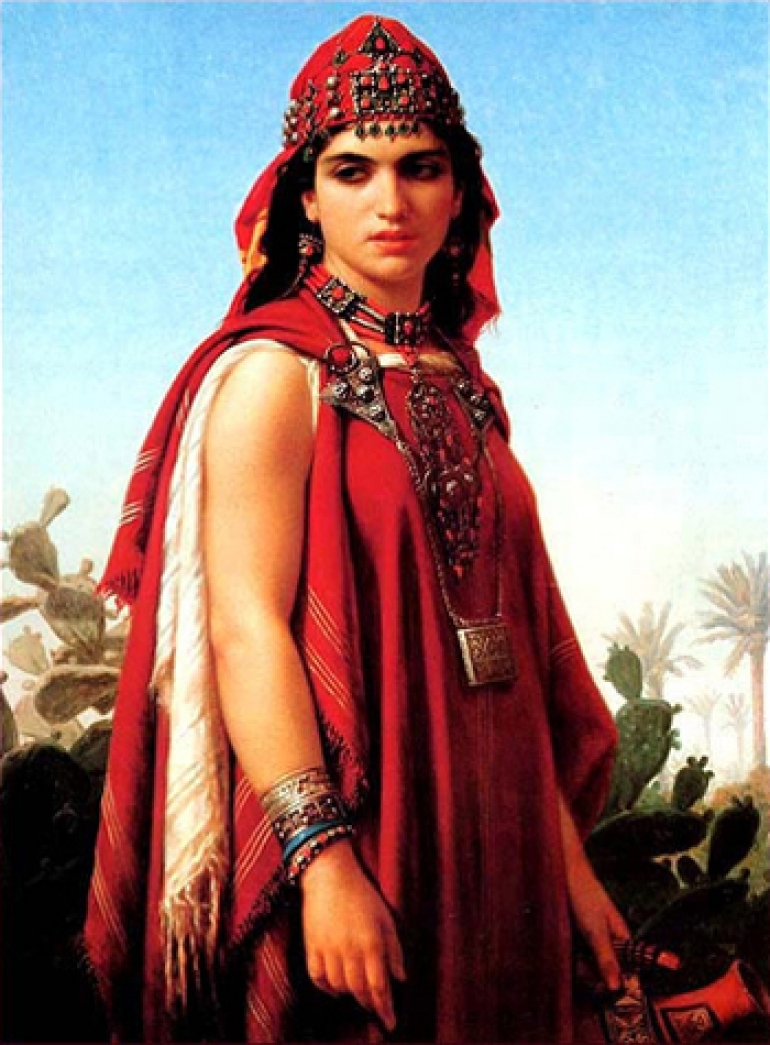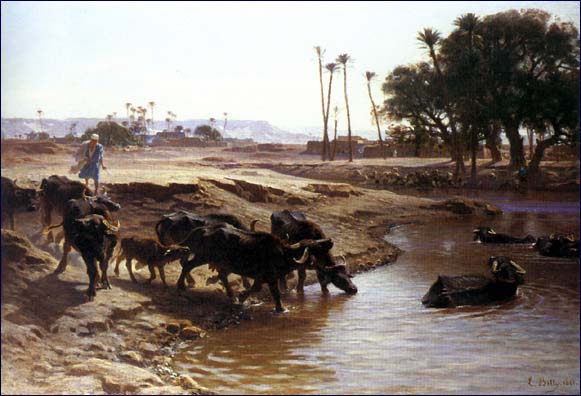|
| ||
"Science
without religion is lame, religion without science is blind." So said
Albert Einstein, and his famous aphorism has been the source of endless debate
between believers and non-believers wanting to claim the greatest scientist of
the 20th century as their own. A little known letter written by him, however,
may help to settle the argument - or at least provoke further controversy about
his views. Being in a private collection for more than 50 years, the document
leaves no doubt that the theoretical physicist was no supporter of religious
beliefs, which he regarded as "childish superstitions".
Einstein
penned the letter on January 3 1954 to the philosopher Eric Gutkind who had
sent him a copy of his book Choose Life: The Biblical Call to Revolt. The
letter went on public sale a year later and has remained in private hands ever
since.

The Nobel Prize-winning scientist questions the existence of God. In
the letter, Einstein is frank about his views on the supernatural. "The
word God is for me nothing more than the expression and product of human
weaknesses, the Bible a collection of honourable, but still primitive legends
which are nevertheless pretty childish. No interpretation no matter how subtle
can (for me) change this."
Einstein,
who was Jewish and who declined an offer to be the state of Israel's second
president, also rejected the idea that the Jews are God's favored people.
L -
"For
me the Jewish religion like all others is an incarnation of the most childish
superstitions. And the Jewish people to whom I gladly belong and with whose
mentality I have a deep affinity have no different quality for me than all
other people. As far as my experience goes, they are no better than other human
groups, although they are protected from the worst cancers by a lack of power.
Otherwise I cannot see anything 'chosen' about them."
One
of the country's leading experts on the scientist, John Brooke of Oxford
University, admitted he had not heard of it. Einstein is best known for his
theories of relativity and for the famous E=mc2 equation that describes the
equivalence of mass and energy, but his thoughts on religion have long
attracted conjecture.
His
parents were not religious but he attended a Catholic primary school and at the
same time received private tuition in Judaism. This prompted what he later
called, his "religious paradise of youth", during which he observed
religious rules such as not eating pork. This did not last long though and by
12 he was questioning the truth of many biblical stories.
"The
consequence was a positively fanatic [orgy of] freethinking coupled with the
impression that youth is being deceived by the state through lies; it was a
crushing impression," he later wrote.
In
his later years he referred to a "cosmic religious feeling" that
permeated and sustained his scientific work. In 1954, a year before his death,
he spoke of wishing to "experience the universe as a single cosmic
whole". He was also fond of using religious flourishes, in 1926 declaring
that "He [God] does not throw dice" when referring to randomness
thrown up by quantum theory.
His
position on God has been widely misrepresented by people on both sides of the
atheism/religion divide but he always resisted easy stereotyping on the
subject.
"Like
other great scientists he does not fit the boxes in which popular polemicists
like to pigeonhole him," said Brooke. "It is clear for example that
he had respect for the religious values enshrined within Judaic and Christian
traditions ... but what he understood by religion was something far more subtle
than what is usually meant by the word in popular discussion."
Despite
his categorical rejection of conventional religion, Brooke said that Einstein
became angry when his views were appropriated by evangelists for atheism. He
was offended by their lack of humility and once wrote. "The eternal
mystery of the world is its comprehensibility."

















